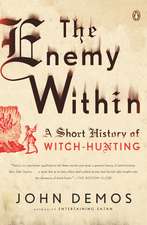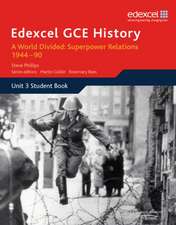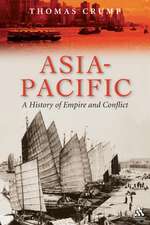Money and Government in the Roman Empire
Autor Richard Duncan-Jonesen Limba Engleză Paperback – 12 iul 1998
Preț: 332.21 lei
Nou
Puncte Express: 498
Preț estimativ în valută:
63.60€ • 65.41$ • 52.76£
63.60€ • 65.41$ • 52.76£
Carte tipărită la comandă
Livrare economică 19 februarie-05 martie
Preluare comenzi: 021 569.72.76
Specificații
ISBN-13: 9780521648295
ISBN-10: 0521648297
Pagini: 324
Ilustrații: 11 b/w illus. 108 tables
Dimensiuni: 152 x 228 x 19 mm
Greutate: 0.45 kg
Ediția:Pbk.
Editura: Cambridge University Press
Colecția Cambridge University Press
Locul publicării:Cambridge, United Kingdom
ISBN-10: 0521648297
Pagini: 324
Ilustrații: 11 b/w illus. 108 tables
Dimensiuni: 152 x 228 x 19 mm
Greutate: 0.45 kg
Ediția:Pbk.
Editura: Cambridge University Press
Colecția Cambridge University Press
Locul publicării:Cambridge, United Kingdom
Cuprins
List of plates; List of figures; List of tables; Preface; Abbreviations; Part I. The Economics of Empire: 1. Surplus and deficit; 2. Money, prices and inflation; 3. The imperial budget; 4. Tax and tax-cycles; Part II. The Coin-Evidence: 5. Coin-hoards and their origin; 6. The implications of coin-hoards; Part III. Money and Money-Supply: 7. Coinage and currency: an overview; 8. The chronology of mint-output; 9. Reign-studies: the chronology and structure of coin-output; 10. The size of die-populations; 11. The size of coin-populations; 12. Mobility and immobility of coin; 13. Weight-loss and circulation-speed; 14. Wastage and reminting of coin; 15. Change and deterioration; 16. Contrast and variation in the coinage; Appendices: 1. Payments of congiaria; 2. The chronology of minting under Tiberius; 3. Variations in land-tax in Egypt; 4. Assessments of tax-revenue in the sources; 5. Tax comparisons with Mughal India; 6. Hoards below the sampling threshold; 7. Rates of donative; 8. Programs for finding negative binomial k and for estimating die-populations; 9. Die-productivity in medieval evidence; 10. Aureus and denarius hoards used in the main anlaysis; Bibliography; Index.
Recenzii
'Duncan-Jones has written an important and stimulating book, which seeks to use numismatic evidence to study minting policy, monetary organisation, and the monetary economy … No serious scholar will want to analyse coin hoards, or to consider monetary history, without looking to see what Duncan-Jones has done.' The Journal of Roman Studies
'Duncan-Jones has written an important and chellenging book that deserves to be widely read.' Bryn Mawr Classical Review
'It is fair to say that this is the magnum opus we have been awaiting; and that it crystallizes the author's approach to numismatic evidence, for which we have had to be content with tantalizing hints in his prior work.' Revue Suisse de Numismatique
'This book will be an essential reference work for Roman historians and numismatics and will also be of interest to economic historians.' Coins and Antiques
'Duncan-Jones has written an important and chellenging book that deserves to be widely read.' Bryn Mawr Classical Review
'It is fair to say that this is the magnum opus we have been awaiting; and that it crystallizes the author's approach to numismatic evidence, for which we have had to be content with tantalizing hints in his prior work.' Revue Suisse de Numismatique
'This book will be an essential reference work for Roman historians and numismatics and will also be of interest to economic historians.' Coins and Antiques
Descriere
A discussion of minting and financial policy in the first three centuries of the Roman Empire.

![When China Rules The World: The Rise of the Middle Kingdom and the End of the Western World [Greatly updated and expanded]](https://i4.books-express.ro/bt/9780140276046/when-china-rules-the-world.jpg)











